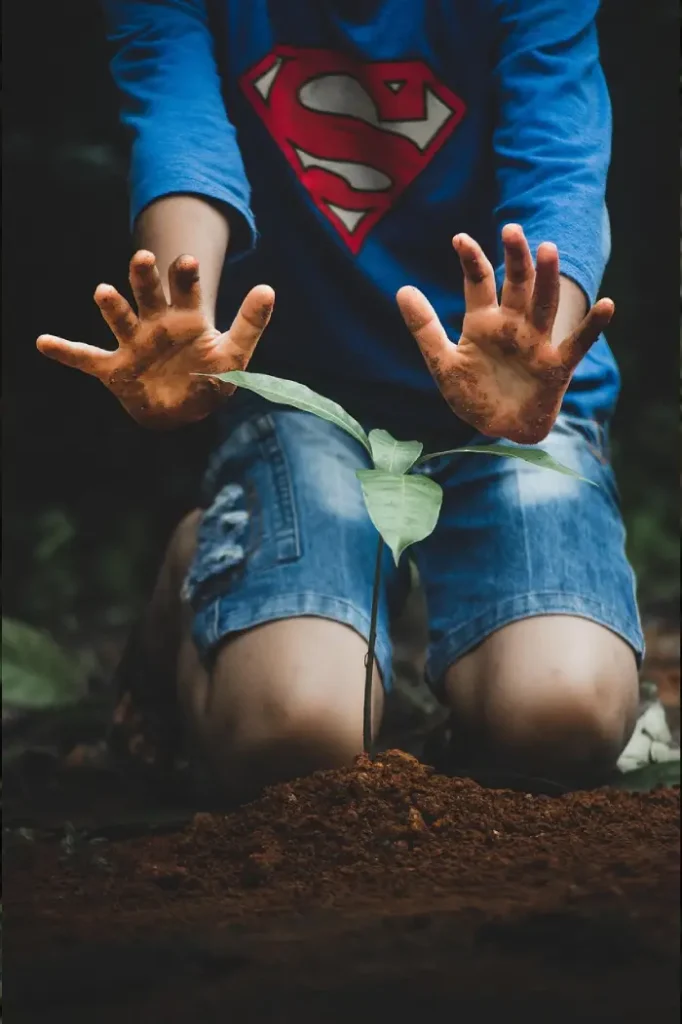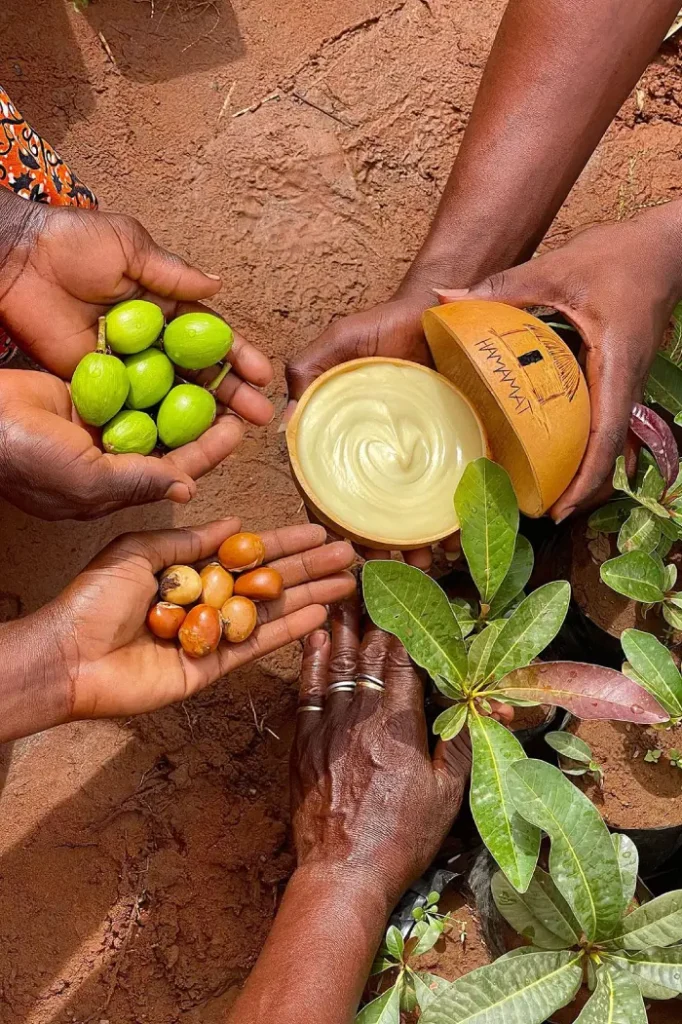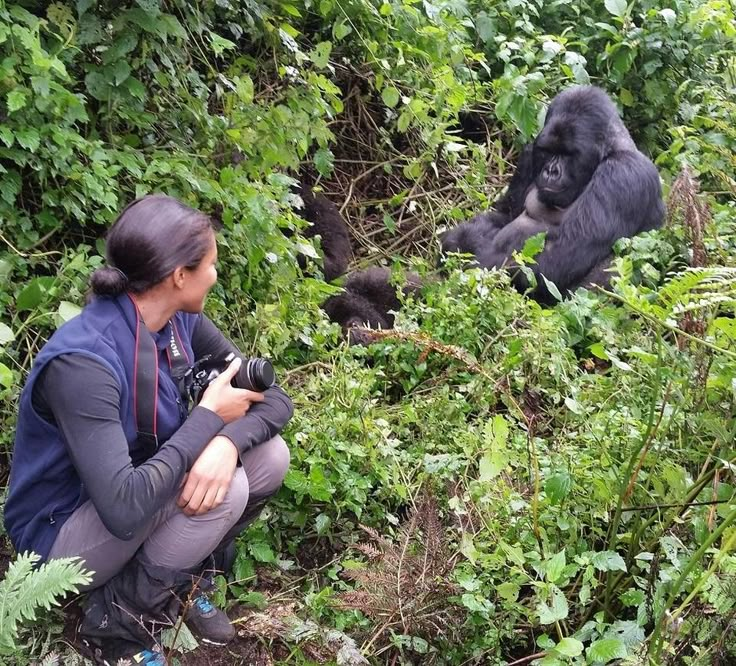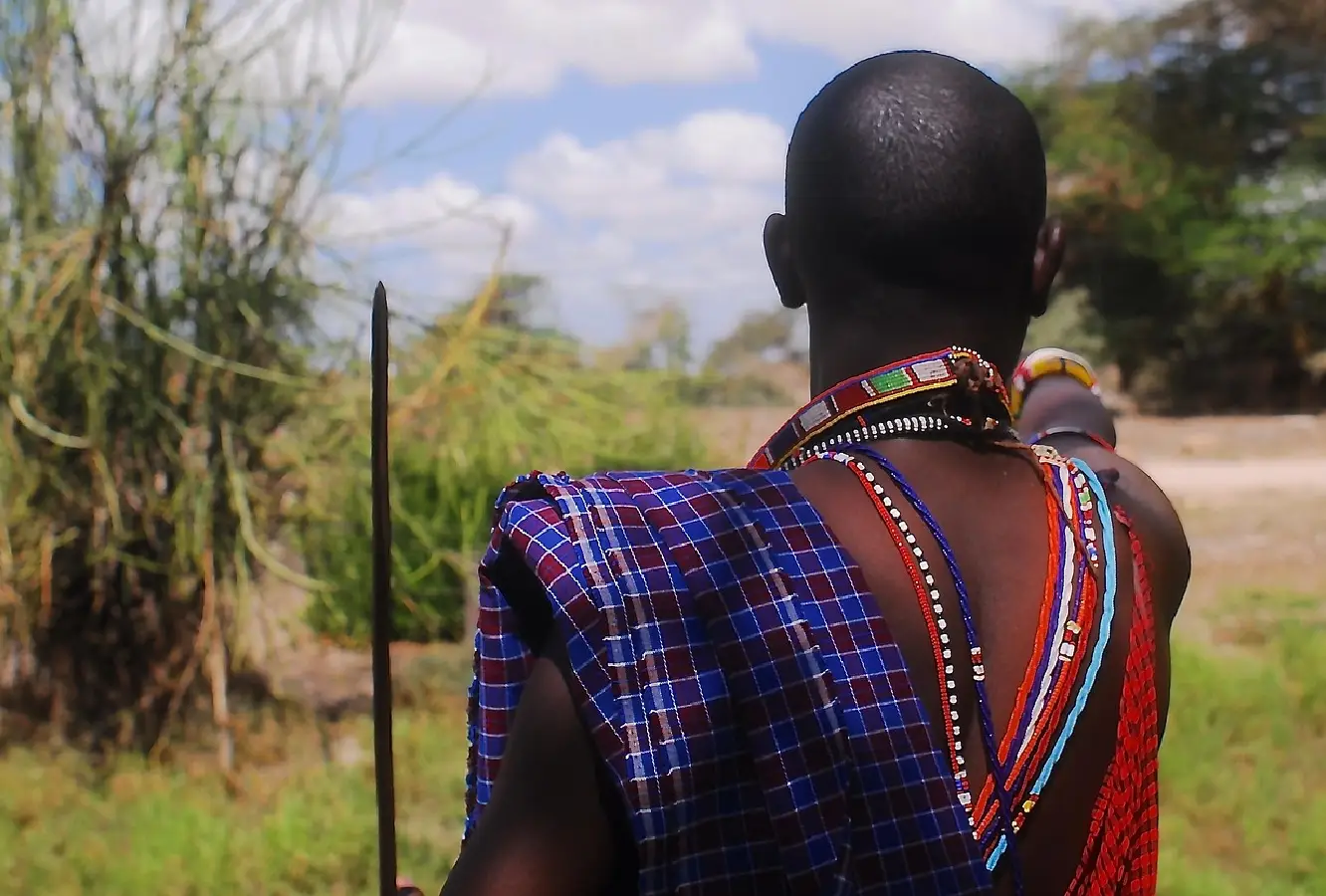Roots of Hope
A bold initiative to Restore nature, sequester carbon, and empower communities through
native tree planting in Uganda

Climate change is the defining challenge of our generation. The world is warming at an alarming rate, and its consequences—rising temperatures, erratic rainfall, droughts, and biodiversity loss—are being felt across the globe. Uganda, known for its lush green landscapes and rich biodiversity, is no exception.
Over the past few decades, Uganda has suffered widespread deforestation. From the dense rainforests of the west to the savannah woodlands of the north, our natural forests have been stripped for timber, charcoal, agriculture, and settlement. The result: more carbon in the atmosphere, degraded soil, lost wildlife, and weakened communities.
But amidst the crisis lies opportunity. A powerful, nature-based solution exists—one rooted in Uganda’s own soil: the planting of indigenous trees.
Our Vision
Restoring Nature, Healing Climate, Empowering Communities
Our mission
Our project—Roots of Hope Uganda—is a large-scale reforestation initiative aimed at reversing environmental degradation through the planting of native trees on protected land.
While any tree can absorb carbon, not all trees are created equal. Native trees—those that have evolved naturally in Uganda’s ecosystems—offer unparalleled ecological, cultural, and climate benefits:
- They sequester more carbon long-term due to deeper root systems and adaptive growth cycles.
- They restore biodiversity, creating habitat for Uganda’s unique birds, insects, primates, and plants.
- They improve soil health, water retention, and climate regulation more effectively than non-native or commercial species.
- They are culturally and spiritually significant, often tied to traditional medicine, folklore, and conservation practices.
Our reforestation efforts focus entirely on planting such trees—species like Prunus africana, Milicia excelsa (Mvule), Maesopsis eminii, Ficus natalensis, and Markhamia lutea—ensuring the forests we regrow are truly part of Uganda’s natural heritage.
Our Strategy
Buying Land, Planting Trees, Building Legacy
To create lasting change, we follow a long-term, multi-phase strategy:
Phase 1: Secure the Land
We acquire large tracts of degraded or deforested land through purchase or long-term lease. We prioritize areas that: Are ecologically strategic (corridors between natural reserves) Are prone to erosion or desertification Can be restored without displacing communities
Phase 2: Ecological Assessment
Every site undergoes thorough ecological surveys to: Identify historical tree cover and biodiversity Evaluate soil, water, and microclimatic conditions Design site-specific reforestation plans using local knowledge and scientific insight
Phase 3: Native Tree Planting
Seedlings are propagated in local nurseries and planted during optimal seasons. We involve: Local youth and farmers as planters Elders for indigenous knowledge Schools for educational engagement Each tree is GPS-tagged and monitored using drone and satellite data to track survival, growth, and carbon capture.
Phase 4: Community Partnership and Protection
We create local stewardship groups who: Guard the land from illegal logging or fires Manage agroforestry zones for community benefit Receive training in sustainable land use and forest management
Our Impact So Far
Though young, Roots of Hope is already making a difference.
Land Acquired
In Northern and Western Uganda
Native Trees
Planted
Nurseries Established
Employing over 120 locals in
Carbon Offset
Estimated 80,000+ tonnes of CO₂ over
Wildlife Return
Observed return of native birds, butterflies, and primates
Community Impact
School greening programs, eco-jobs, and cultural conservation

Why Uganda?
Uganda is a hotspot of biodiversity, home to over 1,000 bird species, mountain gorillas, and countless medicinal plants. But it's also highly vulnerable to climate change.
Temperatures have risen by 1.3°C since the 1960s
Rainfall has become unpredictable, affecting agriculture and food security
Deforestation is rampant, with nearly 90,000 hectares lost annually
By focusing our project in Uganda, we address climate injustice while safeguarding one of Africa’s most ecologically and culturally significant regions.
We value accountability. All donations are traceable. Our land purchases are legally documented and protected. Our impact is measured using third-party environmental audits, satellite imagery, and community feedback.
We're currently working with scientists from Makerere University, international climate bodies, and local civil society to refine our methodologies and scale our reach responsibly.
Your Role
Help Us Plant the Future
You don’t need to be in Uganda to help. Here’s how you can support this movement
Just $5 can plant and nurture a native tree for its first year of life. $50 plants a grove. $500 helps reforest an entire acre.
Have land or capital to contribute? Help us scale and accelerate this work. Large donors can receive carbon offset certificates and project reports.
Join our tree planting campaigns, teach conservation in schools, or collaborate as an NGO or private partner.
Share our story. Advocate for nature-based solutions in your networks. Every voice matters.

“This project has brought life back to our community. Not only trees, but jobs and hope.”

I used to walk hours to fetch firewood. Now, the reforestation program has helped my family learn better farming near the new forest.

As a student, I never knew how important trees were. Now, I want to become an environmental scientist.